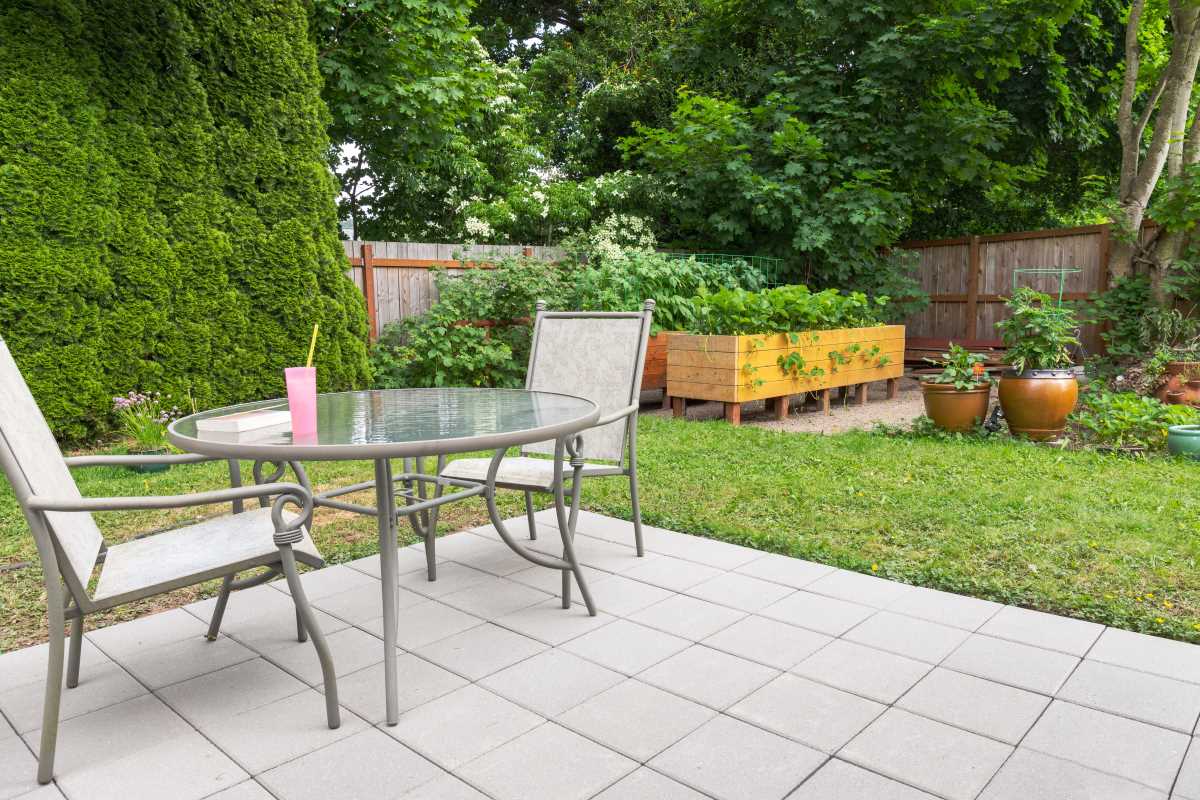Your backyard can become a lively haven where birds, butterflies, and other wildlife eagerly gather to greet you each day. By transforming your outdoor area into a thriving wildlife sanctuary, you not only boost the visual appeal of your home but also play a crucial role in supporting local ecosystems. This nature-friendly approach invites the splendor of the natural world right to your doorstep while allowing you to contribute positively to the environment. Embracing this change means you can relish the beauty and serenity of nature and become a part of the eco-friendly movement within your community.
Understanding Biodiversity
Biodiversity refers to the variety of life in a particular habitat or ecosystem. It encompasses all living organisms, from plants and insects to birds and mammals, interacting within their environment. A backyard full of diverse species creates a balanced and resilient ecosystem that can adapt to changes and challenges.
- Pollination: A variety of insects and birds assist in the pollination of plants, ensuring healthy growth and productivity.
- Pest Control: Natural predators like ladybugs and birds keep pest populations in check, reducing the need for chemical pesticides.
- Soil Health: Diverse plant roots improve soil structure and fertility, promoting better water retention and nutrient cycling.
- Aesthetic Value: A rich variety of plants and animals adds visual interest and tranquility to your outdoor space.
- Climate Regulation: Diverse vegetation aids in carbon sequestration and moderates local temperatures.
Choosing Native Plants
Selecting native plants is crucial for supporting local wildlife. These plants adapt well to your region's climate and soil conditions, making them more resilient and easier to maintain. Native flora provide essential food and shelter for native fauna, creating a diverse ecosystem.
When you create a wildlife sanctuary, you ensure that your garden supports a wide range of species, from migrating birds to beneficial insects.
Here are some tips for selecting native plants:
- Research plants that grow naturally in your area.
- Choose a mix of trees, shrubs, and flowers to provide various habitats.
- Consider seasonal blooms to ensure year-round interest and support for wildlife.
Creating Habitat Features
Incorporating specific habitat features can significantly enhance the biodiversity of your backyard. These features provide essential resources and safe havens for different species, encouraging them to take up residence in your garden.
- Birdhouses and Feeders: Installing birdhouses and feeders attracts various bird species. Ensure that birdhouses are appropriately sized and placed in safe locations to protect them from predators.
- Bug Hotels: Creating bug hotels offers shelter for beneficial insects like bees, ladybugs, and lacewings. Use natural materials such as wood, bamboo, and straw to construct these hotels.
- Water Sources: Providing a reliable water source is vital for wildlife. Consider adding a birdbath, a small pond, or a shallow dish filled with water to attract birds, amphibians, and insects.
- Rock Piles and Log Stacks: These structures offer hiding spots and nesting areas for small mammals, reptiles, and insects. They also contribute to the natural aesthetic of your garden.
- Native Plant Beds: Designate areas for native plants to create a natural habitat that supports a diverse range of species.
Water Conservation Techniques
Maintaining a wildlife-friendly environment doesn't mean using excessive water. Implementing water conservation techniques ensures that your sanctuary remains sustainable and environmentally responsible.
Here are some effective methods to conserve water while supporting local wildlife:
- Rainwater Harvesting: Collecting rainwater in barrels or other containers reduces reliance on municipal water sources and provides a natural water supply for your plants and wildlife.
- Drought-Tolerant Plants: Incorporate plants that require minimal watering once established. These plants adapt to survive in dry conditions and can thrive with limited water.
- Mulching: Applying mulch around plants helps retain soil moisture, suppress weeds, and regulate soil temperature.
- Efficient Irrigation: Use drip irrigation systems or soaker hoses to deliver water directly to the plant roots, minimizing evaporation and water waste.
- Creating a backyard pond: Designing a small pond can provide a water source for wildlife while incorporating water-saving features like solar-powered pumps and natural filtration systems.
Engaging with the Local Community
Building a backyard wildlife sanctuary can be a fulfilling solo project, but involving your neighbors and local groups can amplify the positive impact. Creating a community wildlife sanctuary fosters a sense of shared responsibility and collective effort towards environmental stewardship.
Here are some ways to engage with your local community:
- Host Workshops: Organize events to share knowledge about building wildlife-friendly gardens and the benefits of biodiversity.
- Collaborate with Schools: Partner with local schools to create educational projects, such as planting native gardens or monitoring wildlife activity.
- Join Community Gardens: Participate in or establish community gardens focused on biodiversity and sustainability, allowing more people to contribute and benefit.
- Share Resources: Exchange plants, seeds, and materials with neighbors to diversify and enhance your respective gardens.
- Advocate for Local Initiatives: Support policies and projects that promote green spaces and biodiversity in your neighborhood.
By working together, you can create a more extensive and impactful wildlife sanctuary that benefits a larger number of species and strengthens community bonds.
Transforming your backyard into a biodiverse sanctuary offers environmental and personal rewards. Embrace native plants, habitat features, water conservation, and community engagement to create a vibrant ecosystem with minimal impact, celebrating the natural world.







